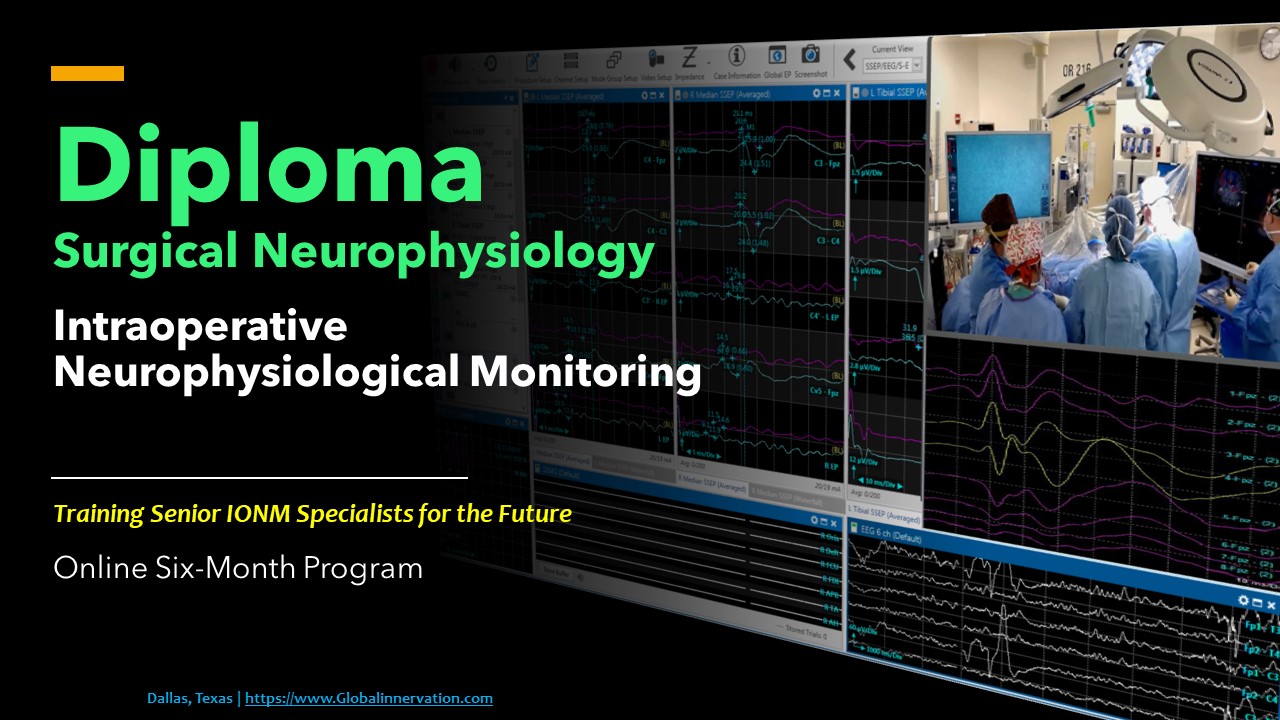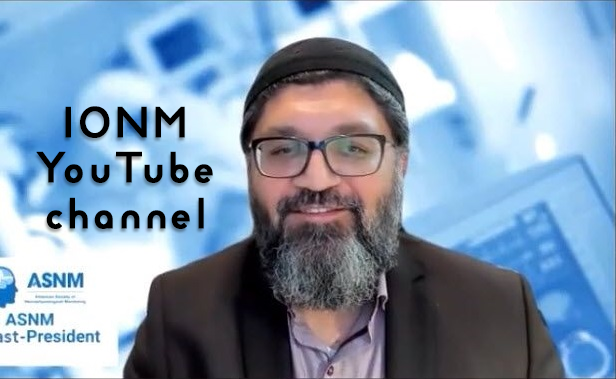Intraoperative Cortical Mapping for Epilepsy Surgery: Advances, Challenges, and Clinical Insights
DOI:
https://doi.org/10.5281/zenodo.17538445Keywords:
SSEP, Cortical Mapping, Epilepsy, ECoG, EEG, Epilepsy SurgeryAbstract
Cortical mapping has revolutionized the field of neurosurgery by enabling precise identification of functional brain regions responsible for essential motor, sensory, language, and cognitive processes. Initially developed to minimize postoperative deficits in brain surgeries, cortical mapping has become particularly valuable in the treatment of drug-resistant epilepsy—a condition where antiepileptic medications fail to provide adequate seizure control. Not only in identifying nerve injury during the surgery, but also in providing functional brain region information involved in epileptic zone affect in preoperative neuronavigation, creating a new gold standard. Neuromonitoring provides a more inexpensive tool of identification compared to functional magnetic resonance imaging (fMRI) and diffusion tensor imaging (DTI). For such patients, surgical resection of epileptogenic tissue offers a promising path toward improved quality of life, but success hinges on the ability to map functional regions accurately to prevent unintended damage to functional areas. Epilepsy affects millions globally, with many patients experiencing debilitating seizures that impair daily functioning. A multitude of cortical mapping strategies reveals efficacy in identifying epileptogenic zones, spasms, and eloquent cortices by use of single pulse electrical stimulation, recording of the bereitschaftspotential, awake craniotomy paired with direct electrical stimulation, and Electrical Corticography (ECoG). Intraoperative cortical mapping can provide real time insight in changing the surgical resection plan for patients undergoing awake craniotomy. This literature review seeks to examine the current landscape of cortical mapping in epilepsy surgery, analyze the effectiveness of various techniques, and highlight emerging challenges and future directions to improve its accessibility and precision in neurosurgical practice.
References
Ikeda, Akio, et al. “Cortical Motor Mapping in Epilepsy Patients: Information from Subdural Electrodes in Presurgical Evaluation.” Epilepsia, vol. 43, no. s9, 2002, pp. 56–60, https://doi.org/10.1046/j.1528-1157.43.s.9.13.x.
Palao‐Duarte, Susana, et al. “Electrical Stimulation Mapping Guides Individualized Surgical Approach in an Epilepsy‐associated Tumor within Language Representing Cortex.” Epileptic Disorders, vol. 26, no. 4, 2024, pp. 548–51, https://doi.org/10.1002/epd2.20245.
Lehtinen, Henri, et al. “Language Mapping with Navigated Transcranial Magnetic Stimulation in Pediatric and Adult Patients Undergoing Epilepsy Surgery: Comparison with Extraoperative Direct Cortical Stimulation.” Epilepsia Open, vol. 3, no. 2, 2018, pp. 224–35, https://doi.org/10.1002/epi4.12110.
Nowell, Mark, et al. “Resection Planning in Extratemporal Epilepsy Surgery Using 3D Multimodality Imaging and Intraoperative MRI.” British Journal of Neurosurgery, vol. 31, no. 4, July 2017, pp. 468–70, https://doi.org/10.1080/02688697.2016.1265086.
Minkin, Krasimir, et al. “Awake Epilepsy Surgery in Patients with Focal Cortical Dysplasia.” World Neurosurgery, vol. 151, July 2021, pp. e257–64, https://doi.org/10.1016/j.wneu.2021.04.021.
Okanishi, Tohru, et al. “Resective Surgery for Double Epileptic Foci Overlapping Anterior and Posterior Language Areas: A Case of Epilepsy With Tuberous Sclerosis Complex.” Frontiers in Neurology, vol. 9, May 2018, https://doi.org/10.3389/fneur.2018.00343.
de la Vaissière, Sabine, et al. “Cortical Involvement in Focal Epilepsies with Epileptic Spasms.” Epilepsy Research, vol. 108, no. 9, Nov. 2014, pp. 1572–80, https://doi.org/10.1016/j.eplepsyres.2014.08.008.
Downloads
Published
How to Cite
Issue
Section
License
Copyright (c) 2025 J of Neurophysiological Monitoring

This work is licensed under a Creative Commons Attribution 4.0 International License.





